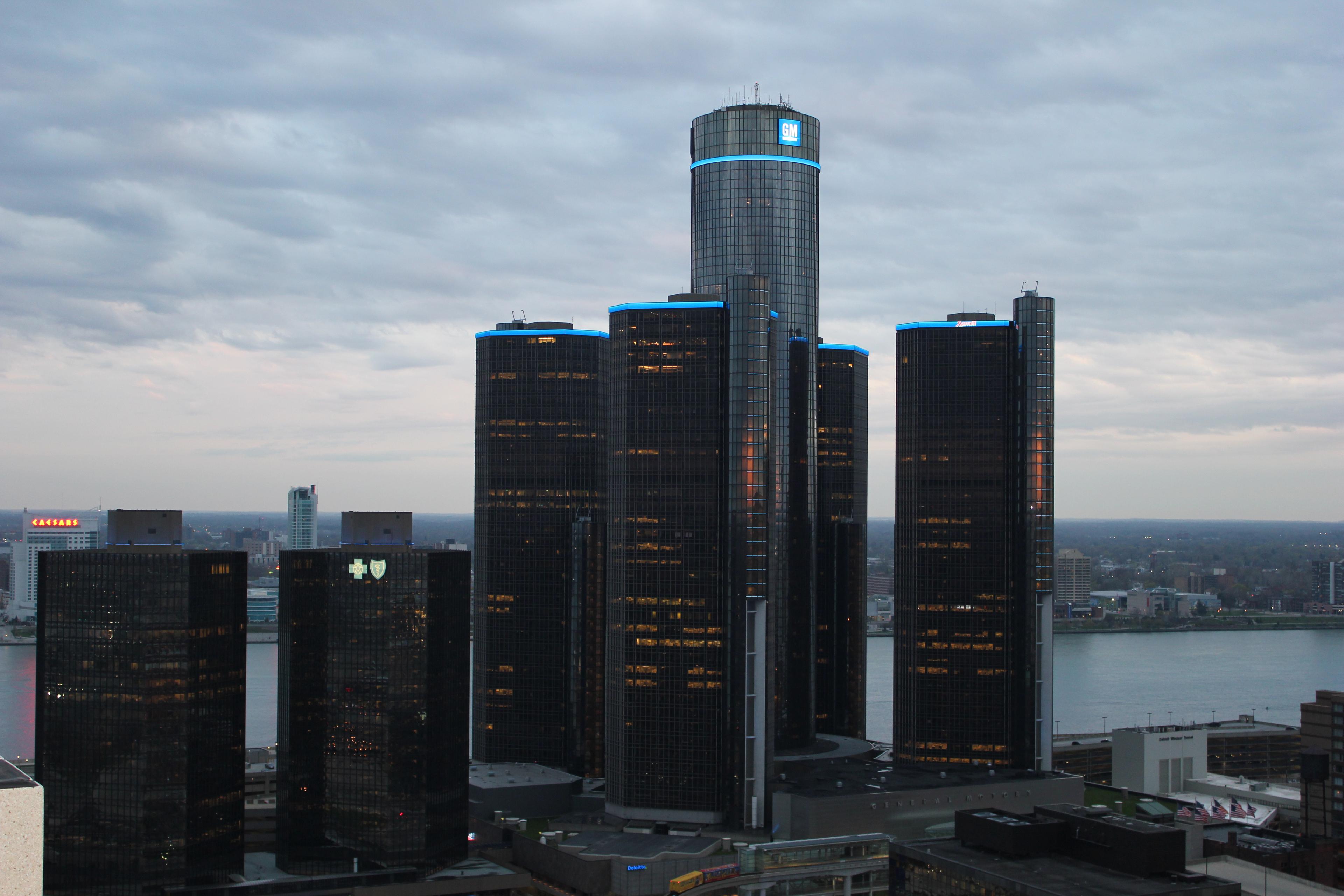
When thinking about the most sought-after office perks, you may picture flexible hours, an on-site fitness center or bringing your dog to work. But a recent study found that employees’ top-rated workplace feature was something much more basic: access to natural light and views of the outdoors. With Americans spending up to 90% of their time indoors and countless hours staring at computers and phones, employees are saying, “Let there be (natural) light.” It’s estimated that American adults over the age of 18 spend about four hours on their mobile devices every day. Add that to the average five hours and 42 minutes workers spend at their desks each day, and that’s over half of an employee’s waking hours spent focusing on screens. Include time for TV (a shocking five hours a day on average), and it’s no wonder office workers are starved for nature. Extensive amounts of screen time combined with poor lighting can lead to headaches, eye strain, blurred vision and fatigue. These issues can threaten employees’ general health and wellness, leading to complaints, absenteeism and lower productivity at work. In addition to helping businesses save on energy and costs due to low attendance and productivity, a healthy workplace environment can also help attract, engage and retain top talent. So why exactly does natural light promote a healthy environment? Natural light boosts vitamin D in your body. Vitamin D helps your body absorb calcium, encourages bone growth and strengthens the immune system. It can also help treat and prevent certain types of cancer, heart disease, diabetes, depression, and weight gain. Increased access to natural light helps you sleep. Research shows that natural light can impact the quality and duration of sleep. Several studies have indicated that workers who were exposed to natural light throughout the workday tended to sleep better and longer at night. Those workers also reported participating in more activity each day and better quality of life, which may further promote better sleep. Good lighting increases productivity. Just as natural light can help lead to better sleep at night, it can also help keep you awake during the day. Exposure to natural light has been linked to higher energy and increased productivity. Some companies have seen anywhere from a 2% increase to a 15% increase in employees’ productivity. While 2% may not seem like much of a difference, it can add up. For example, Overstock installed smart windows in their headquarters to optimize natural daylight. With an annual payroll of over $100 million, a 2% increase in productivity translates to $2 million saved. Sunlight improves mood. Did you know that just 13 – 15 minutes of exposure to natural light triggers the release of serotonin, aka the “happy hormone”? Scientists believe that Seasonal Affective Disorder, or SAD, is caused by a decrease in serotonin during winter months when daylight is scarce. The lack of sunlight in an office and at home can produce similar effects, increasing the chances of depression and anxiety. With the importance of employee well-being growing drastically in the workplace, employers are starting to “see the light” and opt for more open office plans. Whether that means adding more windows and glass doors, swapping traditional cubicles for low panel workstations, or arranging desks around the perimeter of the office, there are plenty of creative ways to increase natural daylight in the workplace. If you found this post helpful, check these out:
- The Importance of Workplace Safety Programs
- Tips on Great Company Culture
- Tips for a Healthy Home Work Environment
Photo credit: Flamingo Images





